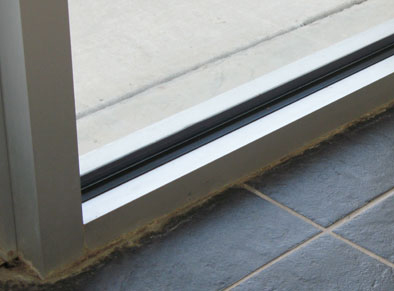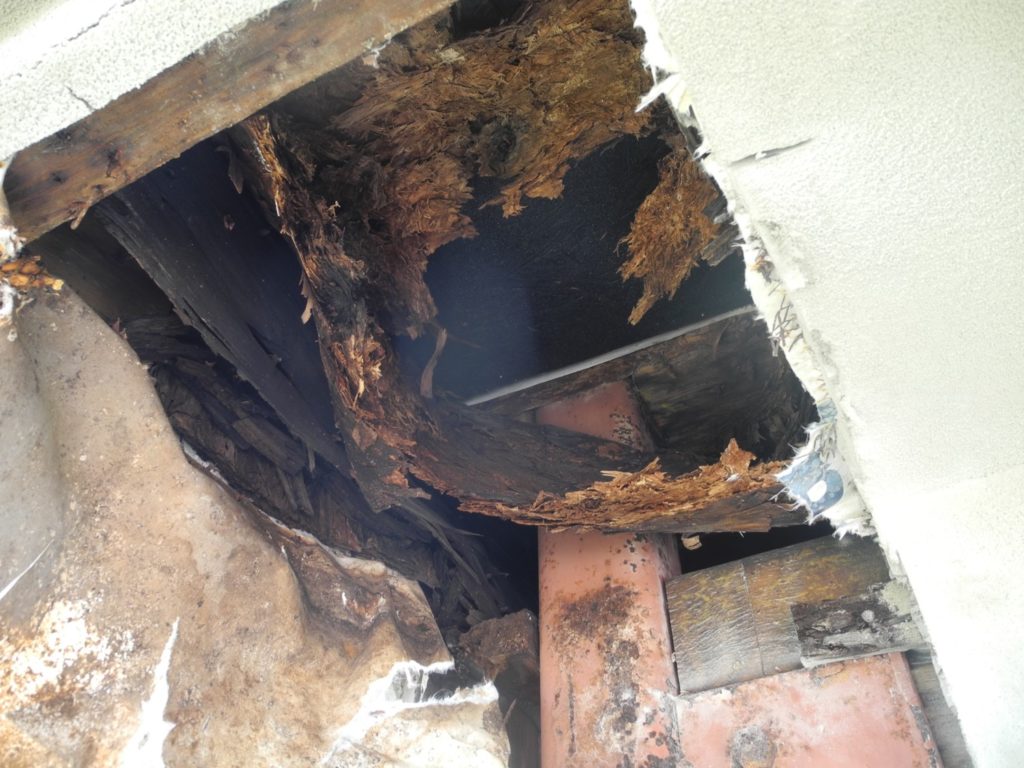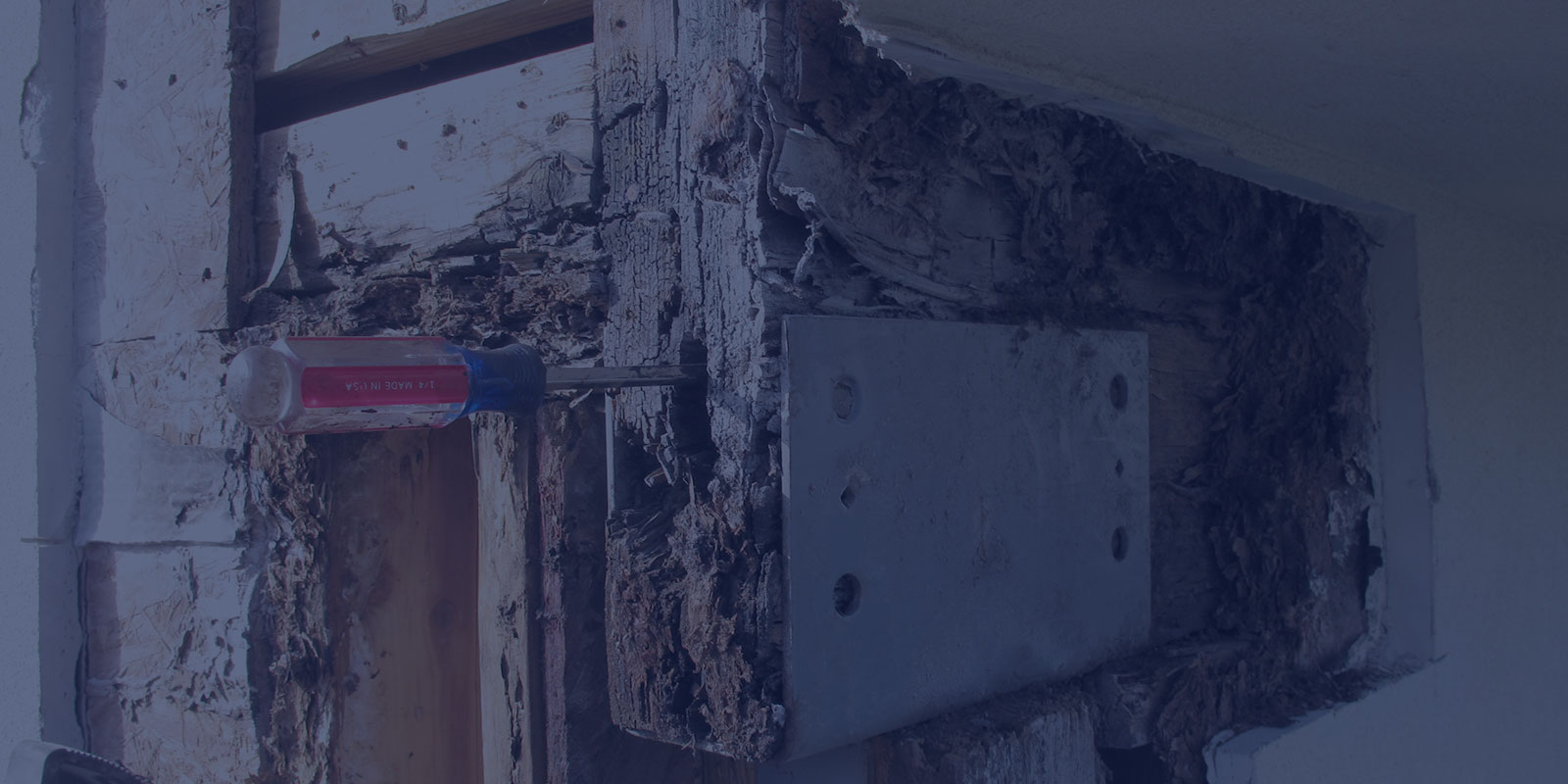Common Sources and Distresses
The portion of a building which separates the building interior from the atmospheric elements (wind, rain, snow, etc.) and exterior surroundings is commonly referred to as the “building envelope.” The main components of a building’s envelope are the exterior wall system and the roof system, and a key function of the envelope is to prevent water intrusion into the building interior.

The most common sources of water intrusion are roof leaks, plumbing leaks, leaks at windows and other openings at the exterior walls, and deficiencies in the construction of the exterior wall system. For the majority of exterior wall systems, proper performance relies on proper detailing and installation of the cladding, flashing, and the weather-resistive barrier.
Water intrusion often results in distress to architectural finishes and can also affect structural systems with prolonged exposure. Common forms of distress related to water intrusion include recurring moisture staining, interior finish distress, and deterioration within a wall or roof assembly. In extreme cases, water intrusion can compromise the integrity of sheathing or structural members, necessitating major repairs.
Timely identification of water intrusion can allow for repairs before the water issues become widespread and before costly long-term deterioration can occur. It can also mitigate the potential for mold growth at the interior of the building, which can affect the interior environment.


